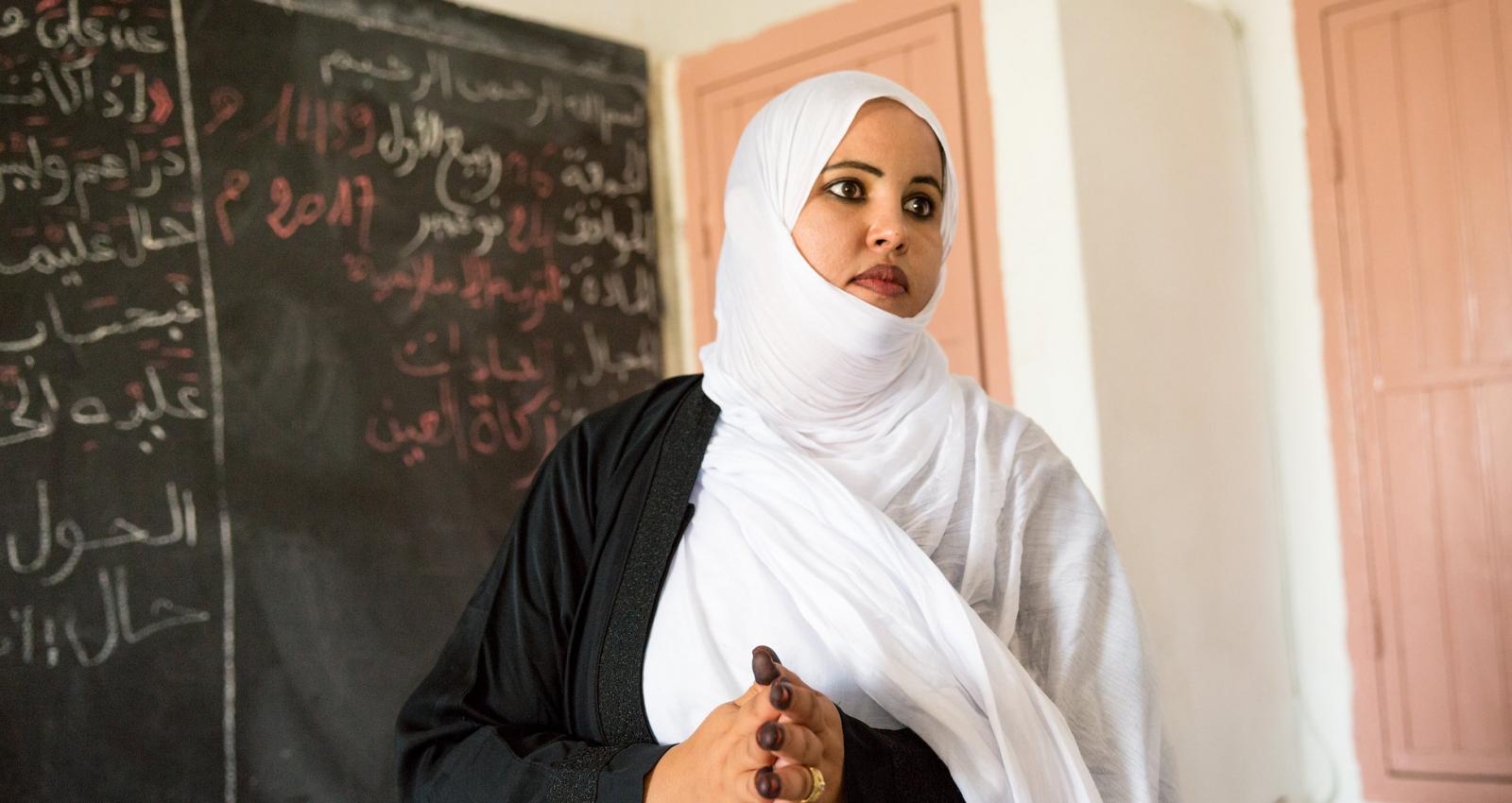The first blog in this series discussed the importance of good teachers and how such teachers are “made.” It also examined factors underpinning quality teacher training, a critical driver of quality learning that is, in turn, a key outcome for any education system. This time, again drawing on a recent report by the Independent Evaluation Group (IEG), Selected Drivers of Education Quality: Pre- and In-Service Teacher Training, we focus on the World Bank Group’s support for initial or preservice teacher training, what it has emphasized, and what may require more emphasis to align with the literature and evidence.
The scale of support for preservice teacher training
Between fiscal year 2013 and FY18, more than half (110 of 207) projects approved under the supervision of the World Bank Group’s Education Global Practice provided some support for the professional development of teachers. The majority supported in-service teacher training (the subject of the third blog in this series) and 40 supported the more complex area of preservice training, that is, from the initial stages of teachers’ career to their entry into the profession.
World Bank Group task team leaders (TTLs) interviewed by IEG for this report explained that the greater emphasis on in-service training was principally due to obstacles and constraints that can arise with preservice training. These include sensitive and complex political economy issues related to preservice institutions, as well as the much larger investment of time and resources required to intervene in such training, which government clients are often unwilling to take on. It should be noted that teacher training projects—like World Bank Group–supported education projects more generally—are implemented more often in low- and lower-middle-income countries, where the need is greatest.
How projects engage with the factors that support quality preservice training
Among the 40 World Bank Group operations that supported preservice training, 70 percent (28 projects) focused on coursework and had a lesser focus on the other three factors—screening mechanisms, practicums or “practice teaching” and quality assurance. All of these consistently have been identified as key elements that support quality delivery of training. One project addressed all four factors, as shown in the figure.

Screening mechanisms. The literature is clear that the use of various quality screening mechanisms across all teacher training tends to support quality learning outcomes. For example, in the Dominican Republic Support to the National Education Pact, an assessment of candidates’ capabilities was used at their entry into preservice training to tailor programs and otherwise provide remediation when candidates did not have the competencies to successfully participate in available training. In most of the nine World Bank Group operations that addressed screening, preservice institutions often relied on a single requirement for entry, such as level of completed education. This most likely reflected a desire not to deter candidates in situations where student enrollments were growing. Thirteen of the operations referred to interventions designed to improve the attractiveness of the teaching profession, a positive step toward ensuring a longer-term pipeline of quality candidates into the profession.
Coursework. Among the 28 operations that addressed coursework, IEG’s report found a mostly balanced attention to subject matter and pedagogical skills. Attention to both clearly is important, as even the basics of content and teacher preparation cannot be assumed in poor countries. Recent World Bank Group Service Delivery Indicator studies found that few primary teachers demonstrated mastery of primary-level content—a finding also highlighted by IEG’s analysis. Thus, the initial selection mechanisms have far-reaching consequences for teacher coursework, because a more capable trainee cadre is likely to already have completed higher-level coursework in the subject matter.
While coursework must be grounded in relevant curricula, it also needs to be delivered by qualified teacher educators who can impart relevant skills over an adequate time period, backed up by suitable materials. About half of the 40 operations provided some capacity development to teacher educators that was focused on pedagogical methods. About 70 percent supported soft infrastructure, including teaching materials such as textbooks, videos, and information and communication technology, and half of the projects financed infrastructure or renovations for preservice training institutions.
Practicums. Among the 15 World Bank Group projects that focused on practicums, the intensity of support varied and that variation also was observed in data analysis. For example, among Latin American countries participating in the Third Regional Comparative and Explanatory Study, extremely low percentages of teachers reported a practicum as part of their training in some Central American countries, in comparison with countries in South America. World Bank Group support for practicums was extensive in some instances, such as the Mauritania Basic Education Sector Support Project in Africa. However, in interviews, TTLs described the approach to practicums in many low-income countries as “sink or swim,” in which trainees were given too much autonomy too soon and without a qualified mentor. In these cases, there is a need for clearer national policy that defines practicum features, as well as systematic guidance about responsibilities for both the teacher training centers and the schools where the practice takes place.
Quality assurance. The literature and available data showed that countries with weak accreditation systems either had no effective control over training institutions or relied on voluntary participation mechanisms. TTLs concurred and noted that countries may have had no accreditation mechanism, or that those in place often were subjected to political interference. TTLs cautioned against accrediting a flawed system. They espoused instead effective monitoring and accreditation mechanisms that regulate providers of teacher education programs, to ensure their adherence to training standards and to remove political influences. These mechanisms also can regulate entrance and exit examinations to ensure quality.
Next: In-service training
One consequence of the low quality of preservice training systems is the need to use in-service training to compensate for underprepared or unqualified teachers. In the final blog in this series, we will look at World Bank Group support for in-service training and at the factors relevant to scaling up teacher training programs that, in their pilot phase, showed promise.








Add new comment